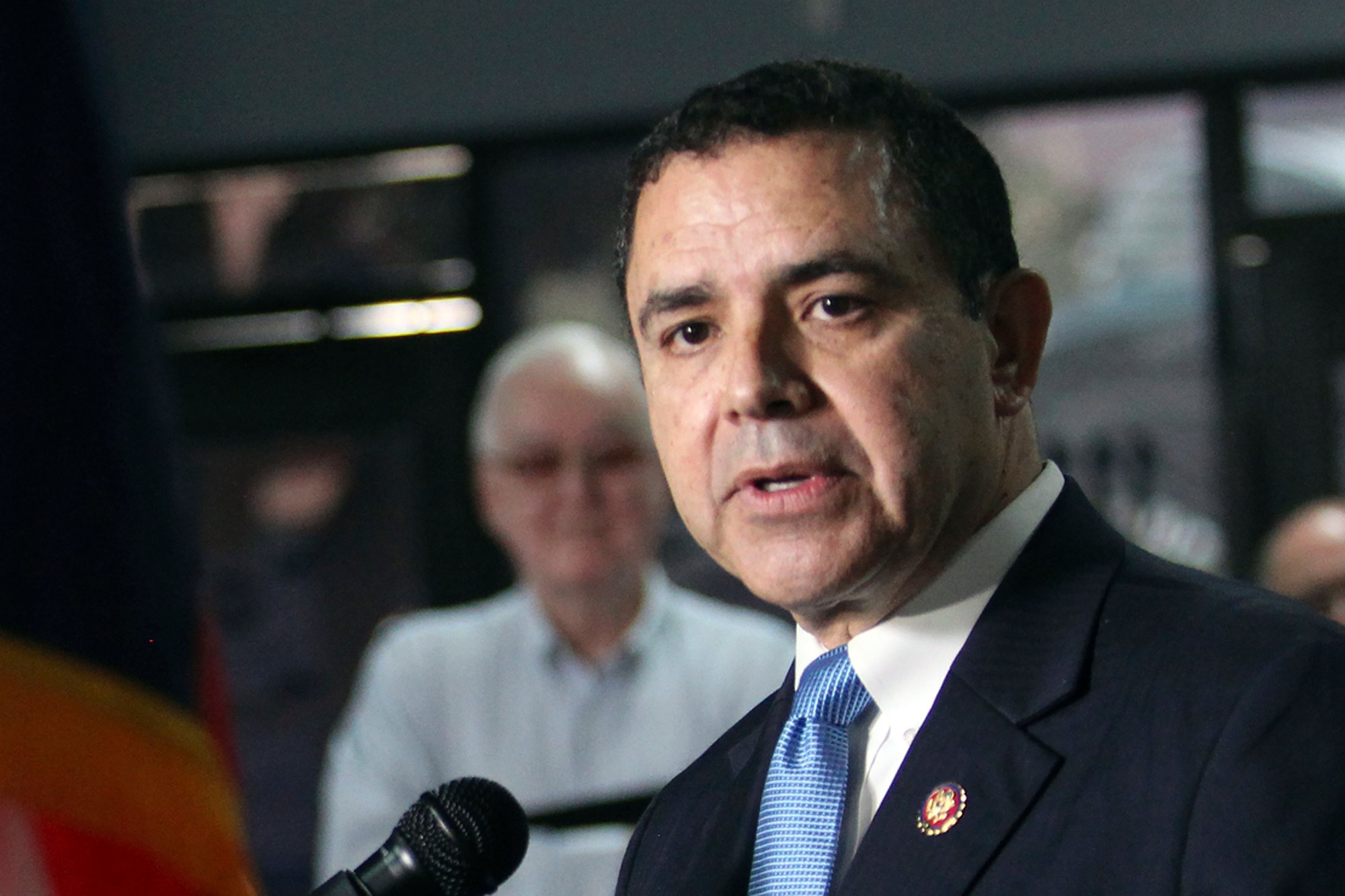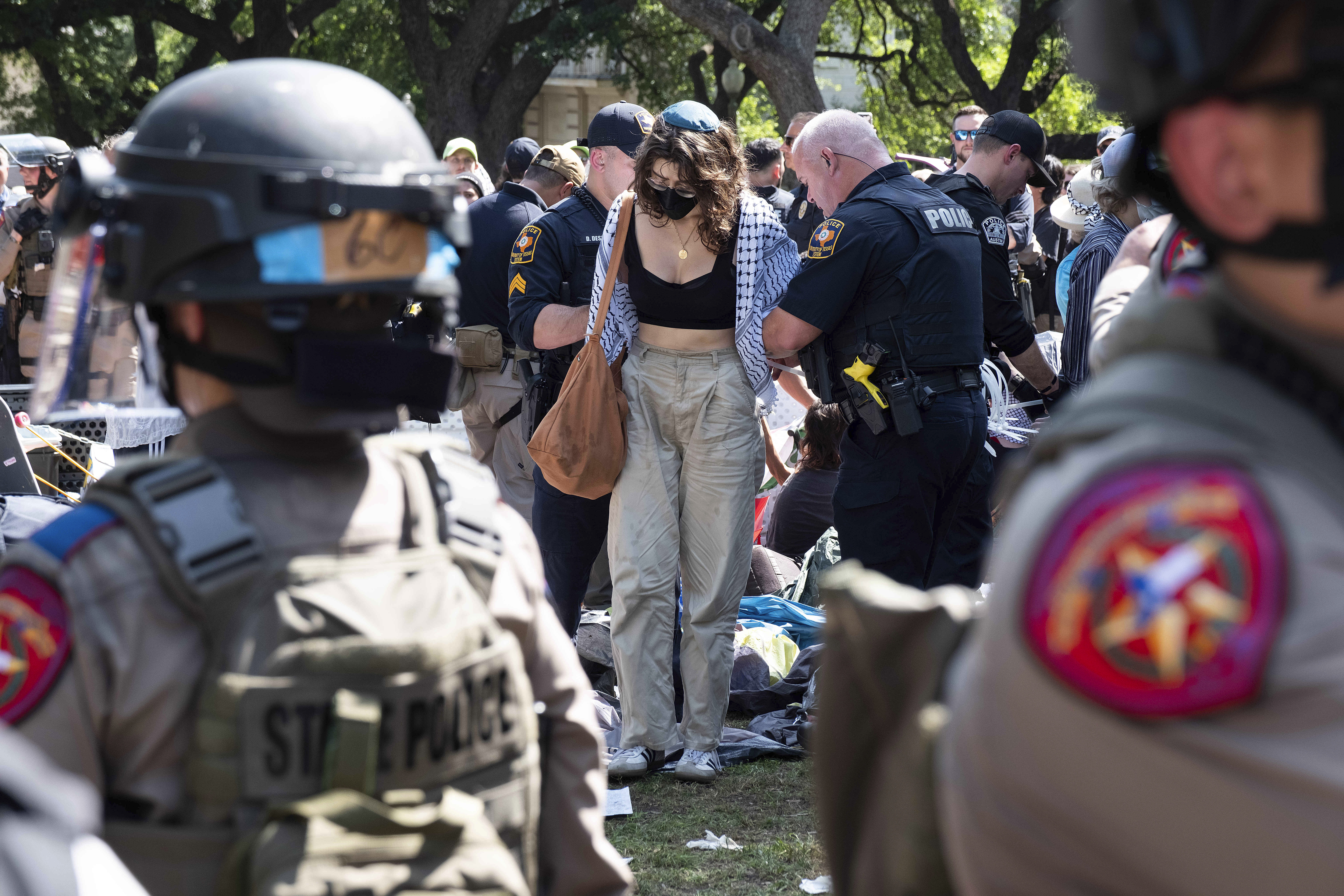ustxtxb_obs_1972_12_15_50_00020-00000_000.pdf
Page 23
Indian Books By Roxy Gordon Albuquerque In most American towns today, there are more Indian books for sale in the local drugstore than there are real live Indians for miles around. Bury My Heart at Wounded Knee has been a best seller and The Memoirs of Chief Red Fox has sold very well. Wounded Knee, which calls itself an Indian history of the West, was written by a white man and Red Fox is apparently an outright fraud. It is said to be a rehash of a book an ex-superintendent of the Pine Ridge Reservation wrote years ago. Some Indian books are in fact written by Indians and are what they pretend to Bury My Heart at Wounded Knee, Dee Brown, \(Holt Rinehart & pages, $1.95. Black Elk Speaks, John G. Neihardt, \(Morrow, University of Nebraska pages, $1.50. The Last Captive, A. C. Greene, Encino Press, 161 pages, $8.95. Tough Trip Through Paradise Andrew Garcia edited by Bennett Ballantine Books, 364 pages, $1.25. be. More now, it seems, than in the past. And some Indians read these books. Indians who are politically active read them and more traditional and non-political Indians read them to learn and preserve their history and traditions. 20 The Texas Observer But the books are meant for a white audience and, on the balance, are written by white authors. White people who buy and read the books usually know very little about real Indians no matter how sympathetic to The Indian Cause they may be. To the bulk of sympathetic whites, Indians are either “third worlders”; noble children of nature; or the founders of the ecology movement. Vine Deloria, Jr. the Sioux author of Custer Died for Your Sins in a recent Akwesasne Notes \(an excellent national Indian newspaper published on the Mohawk reservation in New York and available for no set subscription from Akwesasne Notes; Mohawk Nation; via Rooseveltown, N.Y. 13683 says: “Let’s suppose that after the controversy in Little Rock, the Birmingham bus boycott, the efforts of Martin Luther King and other Black leaders to raise issues, the American public had turned away to put all their attention on a book called Bury My Heart at Jamestown, which recited all the brutality against slaves from 1607 to 1609. At this point, all the whites in the country promptly vow that should they ever come to Jamestown in 1609, they’re going to raise the issue with Captain John Smith .. . to Women’s Lib.’ ” “To reexamine the experience of Mankind in terms of a universe that is alive and not dead is asking too much of the American people,” he says. And getting very close to the heart of the matter, I think: “Christianity has told us that this world is not the real world, but a testing place for another world.. . . Now this is the fundamental difference between the Indian community and all other groups of American society. American Indians have not rejected this world as the real world.” VERY FEW OF the bumper crop of Indian books deal with Indians as real people much less as real people who have not rejected this world as the real world. Not many of the books seem to try to make third worlders of Indians; almost anyone with enough knowledge to write a book knows it isn’t so. The third world image seems to exist mainly in the minds of the mass of white people. A few books, in passing, seem to try to tie Indians to ecology. Everyone has heard how the Indian never wasted any part of the buffalo. The overwhelming majority of the books deal with the noble child of nature. He is usually orating eloquently. And he is always brave and tragic. I’ve counted at least a half dozen books of “Indian speeches” lately. These books profess to show how brilliant and poetic the old time Indian was. What they really exhibit is the Victorian prose style of the old time white translator. There are several books of “poetry” around which turn out to be translations again. This time we get anthropologists’ translations of Indian folk stories and songs. Anthropologists are a whole subject of conversation for Indians. Every summer for several generations now, they have appeared in Indian country with their notebooks and their tape recorders to capture the vanishing race. They rarely seem to understand that the race isn’t vanishing at all and that it generally doesn’t care to be captured. Anthropologists are also good at digging up Indian graves and placing Indian bodies on display in air-conditioned museums. I remember being taken to the State Museum in Denver as a kid and wondering then why anyone saw fit to display mummified bodies of human beings. To be fair, some books of Indian poetry are actually books of Indian poetry. And more of these are coming. But the anthropologists’ books and the historians’ books far outweigh Indians’ books, both in quantity and in influence.


